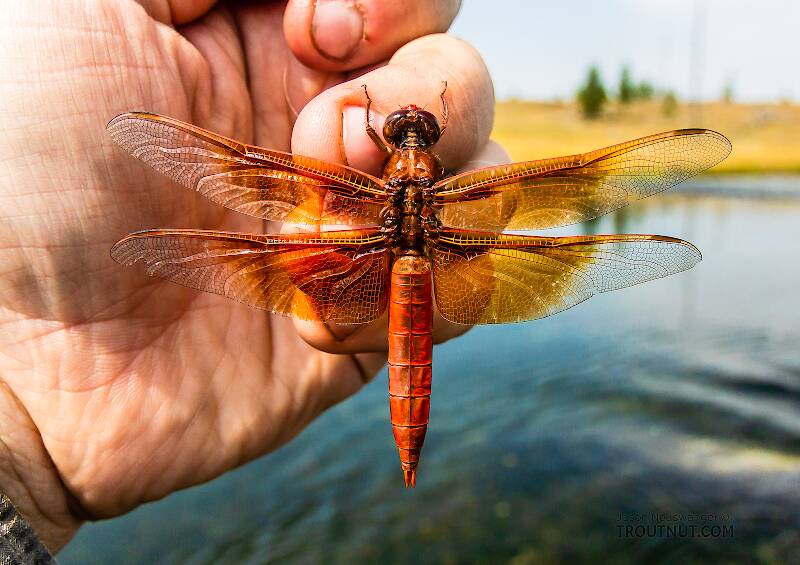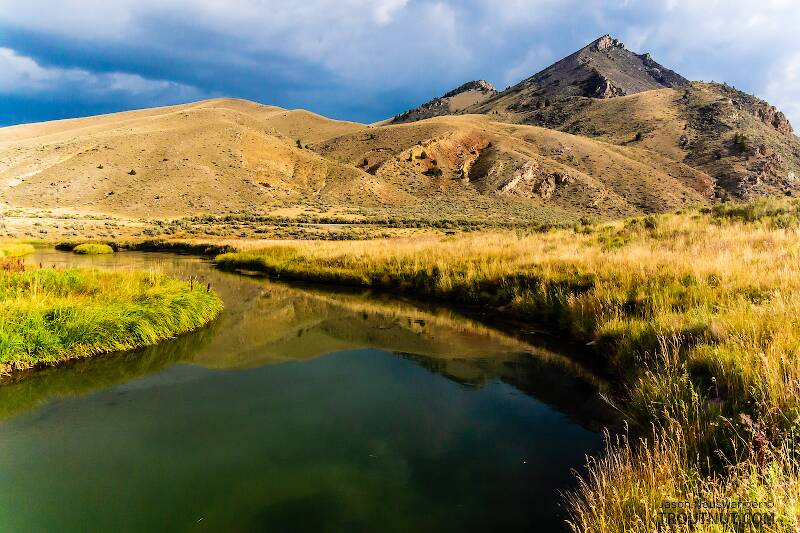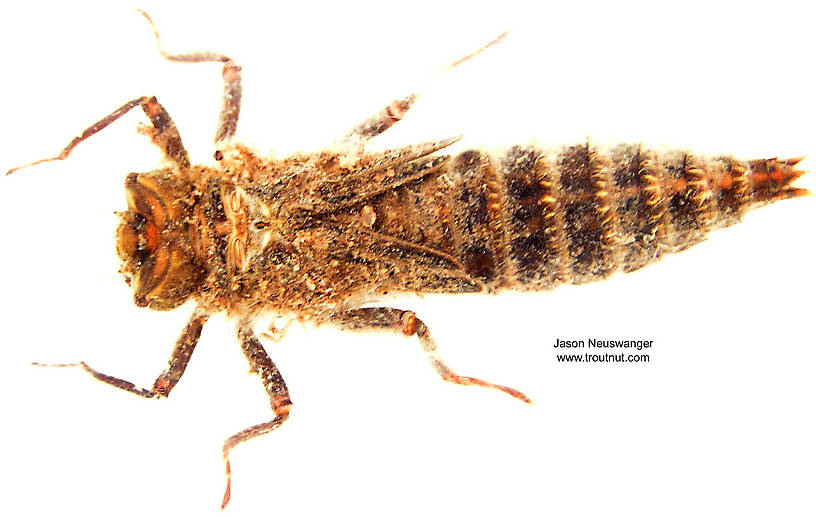
Blue-winged Olives
Baetis
Tiny Baetis mayflies are perhaps the most commonly encountered and imitated by anglers on all American trout streams due to their great abundance, widespread distribution, and trout-friendly emergence habits.
Featured on the forum

As far as I can tell, this species has only previously been reported from one site in Oregon along the Columbia gorge. However, the key characteristics are fairly unmistakable in all except for one minor detail:
— 4 small yellow spots on frons visible in photos
— Narrow occipital spinule row curves forward (but doesn’t quite meet on stem of ecdysial suture, as it's supposed to in this species)
— Short spinules on anterior margin of front legs
— Short rposterior row of blunt spinules on abdominal tergae, rather than elongated spinules dorsally
I caught several of these mature nymphs in the fishless, tiny headwaters of a creek high in the Wenatchee Mountains.
— 4 small yellow spots on frons visible in photos
— Narrow occipital spinule row curves forward (but doesn’t quite meet on stem of ecdysial suture, as it's supposed to in this species)
— Short spinules on anterior margin of front legs
— Short rposterior row of blunt spinules on abdominal tergae, rather than elongated spinules dorsally
I caught several of these mature nymphs in the fishless, tiny headwaters of a creek high in the Wenatchee Mountains.

Troutnut is a project started in 2003 by salmonid ecologist Jason "Troutnut" Neuswanger to help anglers and
fly tyers unabashedly embrace the entomological side of the sport. Learn more about Troutnut or
support the project for an enhanced experience here.
Dragonflies
Dragonfly adults are very rarely vulnerable to trout because they are superb at flight, but their large, slow nymphs are welcome food. The adults and nymphs are both impressive predators upon other insects, and I have watched adult dragonflies kill large mayfly duns and tear through a cloud of midges at rate of several per second.
This common name refers to only one order. Click its scientific name to learn more.
Insect Order Odonata-Anisoptera
These are pretty much always called Dragonflies.
Dragonflies and damselflies are in the same order, Odonata, but they are taxonomically separated on an obscure level not built into this site, the suborder. Dragonflies are in the rarely mentioned suborder Epiprocta, and within that suborder is the infraorder Anisoptera, the scientific name by which they're best known. None of that will help you catch trout, but it explains what the hyphen in this page's name is all about.

This specimen of Libella saturata, the flame skimmer dragonfly, is the only invertebrate in this site's collection that I caught by hook and line. It swooped down and attacked my dry fly on the Firehole River, where it lived as a nymph in the hot water near the geothermal springs and geyser runoff.
See 10 more specimens...


